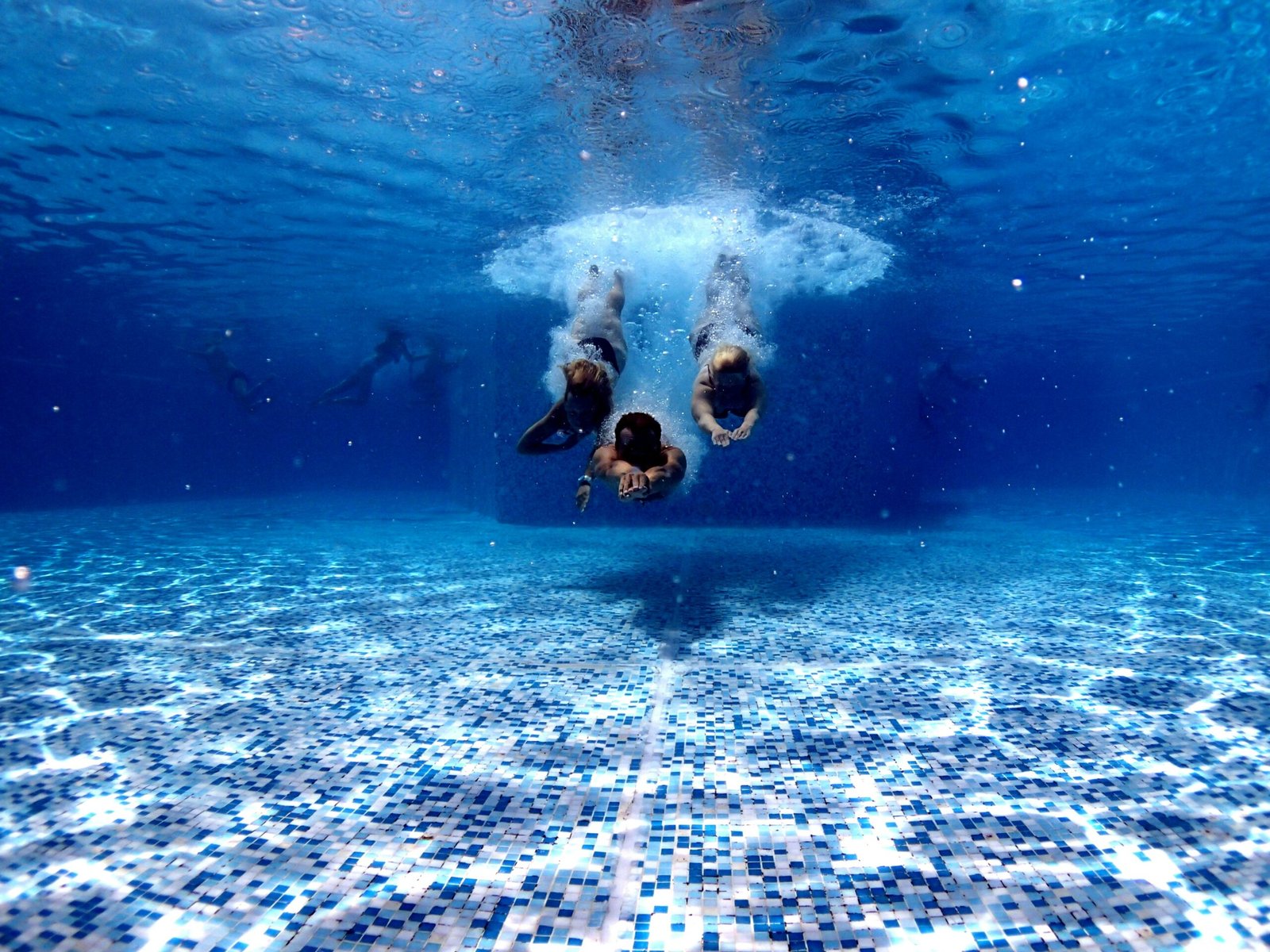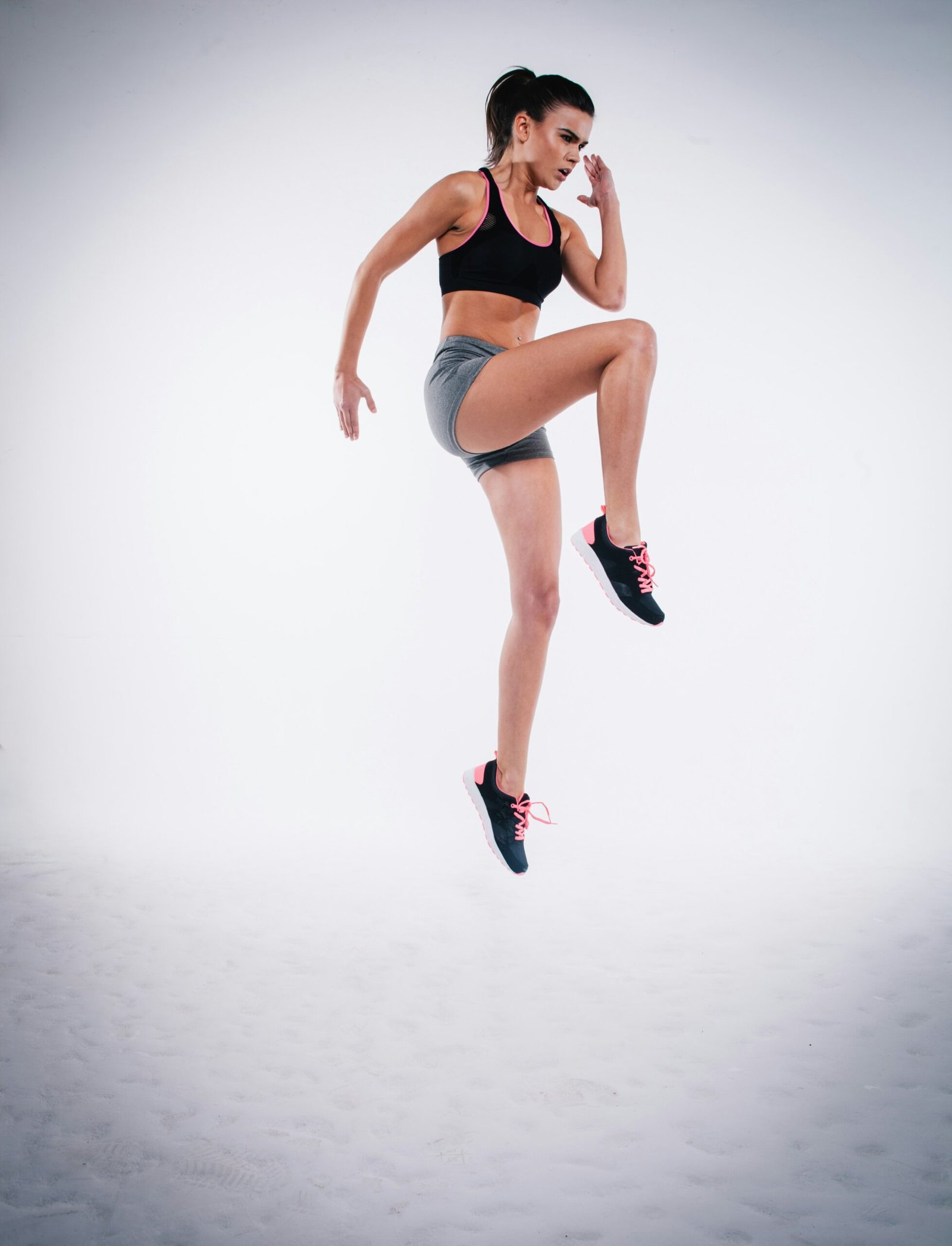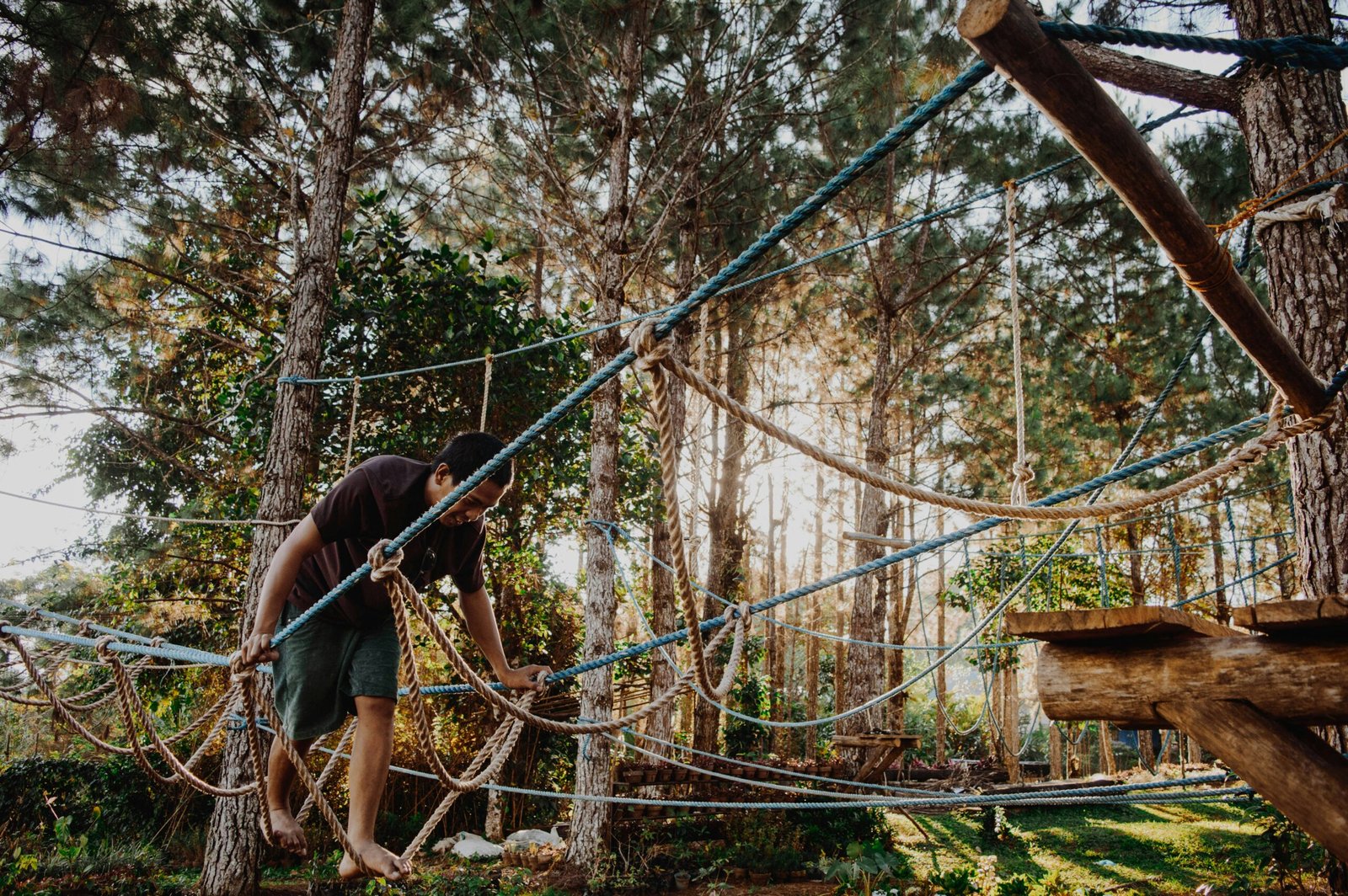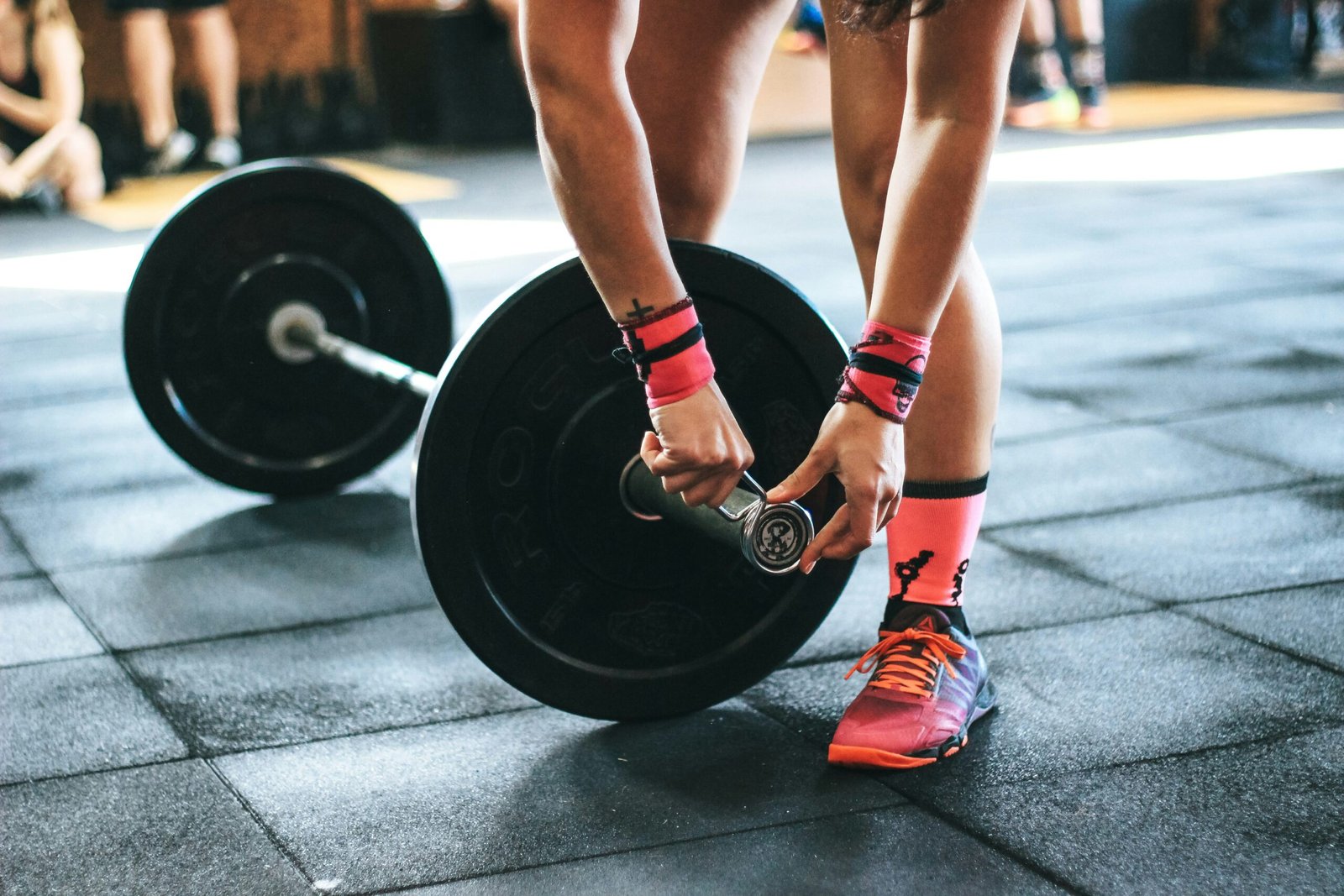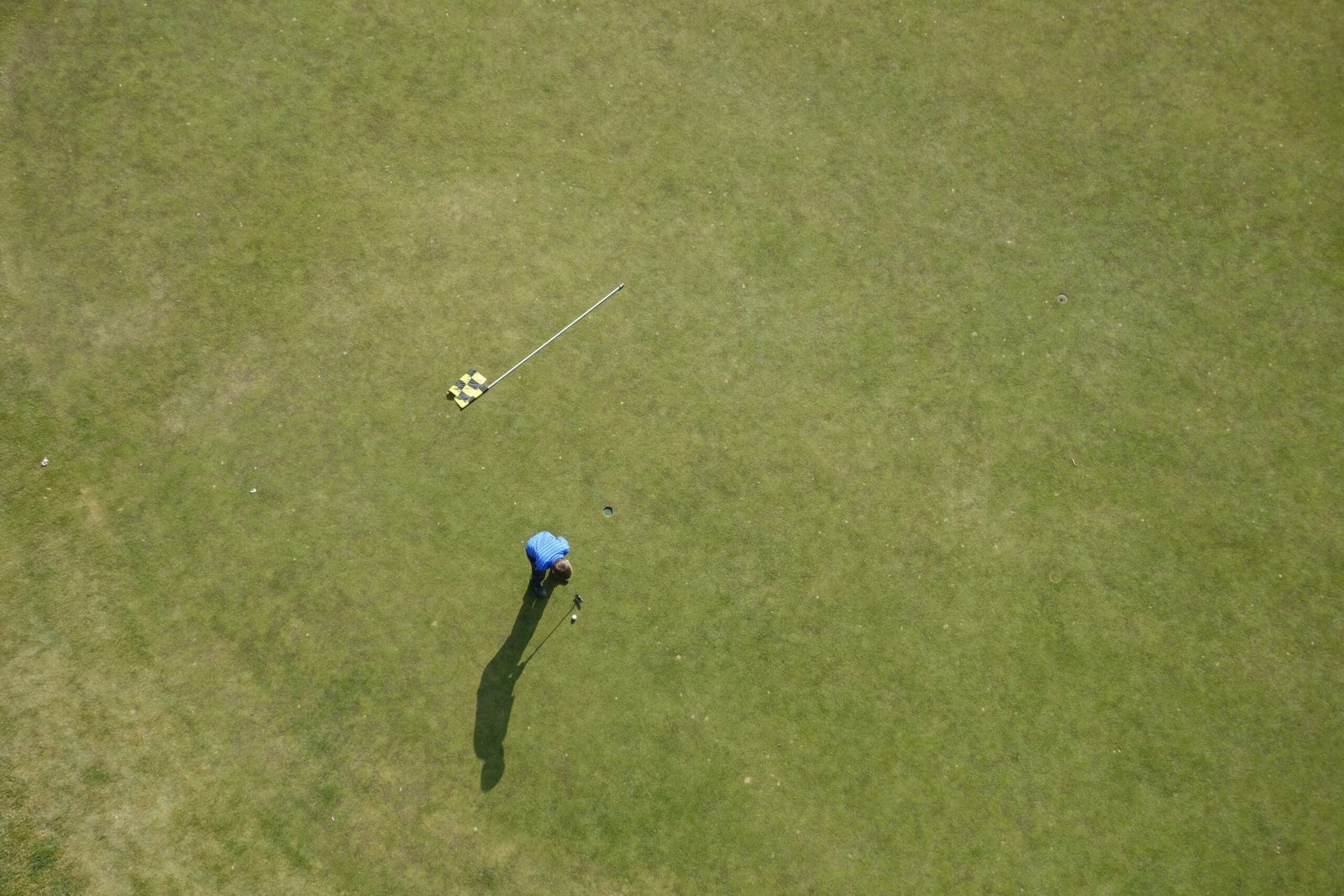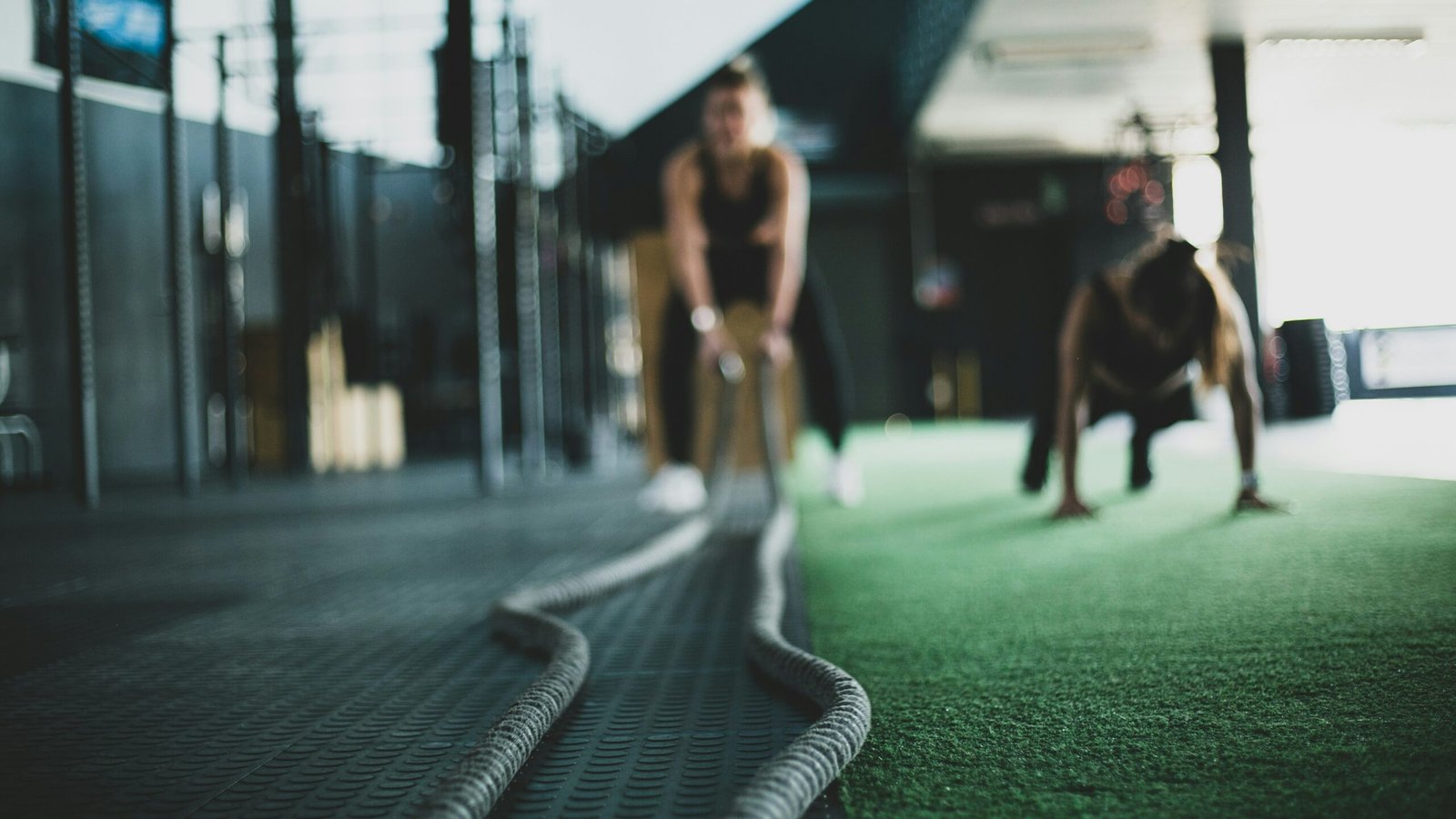Introduction to Slacklining
Slacklining, an activity that involves balancing on a tensioned line, has its roots in the mid-1980s, initially gaining traction among climbers seeking to improve their balance and concentration. Over time, this unique form of leisure began to evolve, transitioning from a niche practice into a popular sport enjoyed by individuals from all walks of life. The increase in accessibility and the emergence of specialized slacklining gear have contributed significantly to this growing interest.
The essential equipment needed for slacklining includes a slackline, which is a durable strap typically made of polyester or nylon, and a suitable tensioning system or ratchet to secure the line. Safety gear, such as harnesses and helmets, may also be necessary, particularly for those venturing into disciplines that involve higher stakes, such as highlining. Beginners often start with shorter lines close to the ground, gaining confidence before advancing to more challenging setups.
Slacklining encompasses several different styles, each adding its unique challenges and techniques. Tricklining focuses on performing tricks and acrobatic stunts on a shorter, wider line, encouraging creativity and skill development. Longlining extends the distance between anchor points, presenting an elevated level of difficulty as balance and core strength become crucial. Highlining elevates the practice to new heights, quite literally, where practitioners walk their lines at significant heights above the ground, relying heavily on their skills and safety equipment to navigate the thin line between exhilaration and danger.
With a diverse range of styles and safety considerations, slacklining not only fosters physical fitness but also encourages a sense of community among enthusiasts. As this sport continues to grow in popularity, individuals around the globe are discovering the art of balance, making slacklining an appealing option for anyone seeking new challenges and opportunities for self-improvement.
Understanding Balance in Slacklining
Balance is a fundamental concept in slacklining, as it dictates the ability to maintain stability while traversing a taut line suspended between two points. The mechanics of balance in slacklining involve several critical elements, each playing a significant role in achieving equilibrium. A key factor is the body’s posture. An upright and relaxed posture allows one to make necessary adjustments in response to the slackline’s natural movement, which is vital for maintaining steadiness.
Equally important in this dynamic activity is the center of gravity. The center of gravity refers to the point in the body where mass is evenly distributed in all directions. When slacklining, effective balance can be achieved by lowering the center of gravity through bending the knees and engaging the core muscles. By adopting a slight forward lean and positioning feet shoulder-width apart, slackliners are better equipped to counteract the side-to-side motion of the line, thus enhancing stability.
Core engagement is crucial when maintaining balance on a slackline. A strong core supports the spine and helps to stabilize the body, improving the response time to subtle shifts in equilibrium. Slackliners who actively engage their abdominal muscles can make smaller, quicker movements in their limbs, which assists in adapting to the fluid nature of the slackline. This muscular engagement, along with an aware and active approach to body movement, forms the cornerstone of effective balance.
Moreover, there is a psychological aspect to equilibrium that cannot be overlooked. Focus and mental clarity are paramount to effective slacklining, as they enable the individual to remain calm under challenging conditions. By honing concentration, slackliners can better respond to the sensations and challenges presented by the line beneath their feet, augmenting their overall performance. Balancing the physical and mental components is essential in mastering the art of slacklining.
Essential Training Techniques
To improve your slacklining skills, incorporating various training techniques and drills is crucial. One of the fundamental methods is simply walking on the slackline. Beginners should start with the slackline positioned just a few inches off the ground. This allows individuals to focus on balance and movement without the risk of significant falls. Maintaining a confident posture while shifting weight from one foot to the other is essential. Gradually, as balance improves, the slackline can be elevated for a greater challenge.
Practicing different stances on the slackline is also an effective way to enhance stability and control. Techniques such as standing on one foot or attempting to squat can help strengthen the muscles used for balance. Incorporating varied movements, such as lunges or sideways steps, can further improve body awareness and coordination. Performing these exercises regularly will build foundational strength while refining overall balance skills.
Utilizing obstacles during training can add complexity and-depth to slacklining practice. Items like balance beams or yoga blocks can encourage slackliners to navigate around or over them while maintaining balance. This not only makes training sessions more engaging but also cultivates adaptability in handling dynamic environments. As participants grow more comfortable, adding challenges such as turning or attempting tricks can stimulate progression in skill levels.
Consistency is paramount when honing slacklining abilities. Establishing a regular practice schedule, whether it’s daily or several times a week, ensures continuous improvement. Each session should progressively increase in difficulty to challenge the slackliner further. Through dedicated practice and the implementation of these essential training techniques, individuals will witness gradual enhancements in their balance and overall performance on the slackline.
Mental Preparation and Focus
Mental preparation is critical in the domain of slacklining, as it greatly enhances overall performance and enjoyment of the activity. Engaging in slacklining requires a blend of physical agility and mental strength; thus, cultivating focus and mindfulness is essential. Practitioners can benefit from various techniques that aid in sharpening their concentration and, consequently, their skills on the line.
One effective method for mental preparation is visualization. By mentally rehearsing the act of walking on the slackline before attempting it, individuals can create a strong mental image of success. This technique involves imagining each step, the sensation of balance, and the visual environment. Over time, visualization can lead to improved confidence, as the mind becomes accustomed to achieving the task at hand. Alongside this, breathing exercises serve as a vital tool for maintaining focus. Practicing deep, controlled breaths prior to stepping onto the line can reduce anxiety and promote clarity. Regularly incorporating these breathing exercises into slacklining routines can help create a calm mental state, allowing for enhanced concentration.
While on the line, it is essential to cultivate mindfulness. This involves being fully present in the moment and focusing solely on the task at hand. Techniques such as grounding oneself by using sensory awareness—acknowledging the feel of the line beneath one’s feet, the air around them, and the sounds in the environment—can foster this heightened awareness. Maintaining a positive internal dialogue can also assist in overcoming negative thoughts that may arise during slacklining. Each of these mental preparation strategies contributes to the development of focus and confidence, thus making each slacklining session more productive and enjoyable.
Safety Considerations
Slacklining, while an exhilarating activity, carries inherent risks that necessitate a comprehensive understanding of safety measures. Selecting appropriate locations for practice is paramount. Ideal spots include grassy areas devoid of significant obstacles such as rocks or sharp objects, which can pose hazards during falls. Additionally, locations should have space clear of surrounding hazards, including trees and structures that could result in injury. It is vital to ensure that the landing area is soft, such as grass or sand, to minimize the potential for injury falls.
Equally essential is the use of proper gear. A well-constructed slackline, typically made from high-quality nylon or polyester, should be selected based on the user’s skill level and intended usage. Beginners may benefit from wider lines, as they provide increased stability and balance. Furthermore, using appropriate anchoring systems is critical to securing the slackline. Tree protection straps can prevent damage to trees while ensuring that the line remains taut and secure. Helmets and other safety gear can also mitigate injury risk, particularly for new practitioners who are still developing their skills.
The role of spotters cannot be overstated in slacklining training. A spotter can assist the individual on the line, providing guidance and physical support as necessary. Spotters should be positioned strategically to catch the slackliner in case of a fall, thus reducing the impact and potential for injury. It is advantageous for spotters to be trained in basic first-aid practices, so they can quickly address any potential injuries that may occur. Additionally, beginners should practice under the supervision of experienced slackliners to learn proper techniques and safety protocols effectively.
Ultimately, it is crucial for slackliners, especially those just starting, to assess and manage risks. Being informed and prepared can significantly enhance both safety and enjoyment in this dynamic sport.
Progress Tracking and Goal Setting
In the realm of slacklining, progress tracking and goal setting are essential components of a successful training regimen. Regularly monitoring one’s performance not only highlights improvements but also identifies areas requiring additional focus. By documenting skills and milestones, practitioners can gain insight into their development over time. This can be achieved through various methods, including keeping a dedicated training journal or using apps designed for sports tracking. Recording details such as the duration spent on the line, tricks attempted, and personal reflections can provide a wealth of information that informs future training sessions.
Setting realistic goals is equally important in guiding slacklining practice. Goals can be categorized into short-term and long-term objectives. Short-term goals often focus on specific skills, such as mastering a particular trick or increasing balance duration, which can be achieved within weeks or months. These goals allow for immediate feedback and foster a sense of accomplishment. Conversely, long-term goals may encompass broader aspirations, such as participating in competitions or achieving proficiency in advanced maneuvers, which require sustained dedication and ongoing commitment. Defining these goals clearly can enhance motivation and provide a structured approach to training.
Additionally, reviewing performance at regular intervals is crucial in the journey of slacklining. This process involves assessing the progress made towards established goals and reflecting on both accomplishments and setbacks. A systematic evaluation helps athletes understand the effectiveness of their training methods, leading to potential adjustments that align focus on specific areas needing improvement. Moreover, this reflective approach can instill a growth mindset, allowing slackliners to appreciate their journey while remaining motivated to push their limits. Ultimately, integrating consistent progress tracking and effective goal setting can significantly enhance performance and enjoyment in slacklining.
Community and Support Systems
Engaging with a community can profoundly enhance the slacklining experience. Slacklining, while an individual sport at its core, thrives within a collective atmosphere where enthusiasts can share knowledge, techniques, and encouragement. Local slacklining groups play a pivotal role in fostering this sense of community. By joining such groups, individuals gain access to resources, meet like-minded individuals, and participate in gatherings that enhance their skills. These groups often organize meet-ups in parks or at various outdoor venues, providing beginners and experienced slackliners alike a platform to practice together.
In addition to local gatherings, attending workshops can significantly benefit one’s slacklining journey. Workshops typically offer structured learning led by experienced slackliners who provide valuable insights into techniques, safety measures, and performance enhancement. These hands-on experiences encourage participants to push their boundaries in a supportive environment. The shared experience of learning and overcoming challenges together cultivates strong friendships and a sense of belonging, which can be particularly encouraging for those new to the sport.
Moreover, the internet has facilitated connections beyond geographical limitations. Online communities dedicated to slacklining are a treasure trove of information, offering forums for discussion, video tutorials, and platforms to showcase personal progress. These digital spaces allow slackliners to seek advice, exchange tips on how to improve, or celebrate milestones collectively, further reinforcing motivation. Engaging with these communities can illuminate potential pitfalls, introduce new techniques, or even inspire unique approaches to slacklining.
Ultimately, the support derived from these communities is invaluable. It not only enhances technical abilities but also nurtures an encouraging environment where individuals can thrive. The collective passion for slacklining unites participants, enabling them to embark on a journey marked by shared triumphs and challenges.
Advanced Techniques and Tricks
As slacklining evolves, so too does the complexity of the tricks and techniques that enthusiasts seek to master. Those who have achieved a solid foundation in balance and core stability may find themselves eager to explore advanced methods that challenge their skills even further. Among the most sought-after techniques are jumps, spins, and a variety of other impressive aerial maneuvers.
Starting with jumps, incorporating this element into your slacklining routine requires a solid grasp of control and timing. A basic jump can begin with a simple take-off from a balanced stance. As confidence grows, slackliners can experiment with height and distance, seeking to extend their leaps while maintaining equilibrium. Practicing on shorter lines before progressing to longer ones can mitigate the risk of falling and improve skill development.
Spins, another captivating technique, can add a layer of complexity to tricks. To initiate a spin, a slackliner should execute a jump while simultaneously manipulating their torso and legs in the desired rotation direction. This aspect of slacklining requires not just balance but also a strong sense of body awareness. Regular practice and an understanding of the physics involved can aid in achieving successful rotations.
Other tricks, such as walking backward or performing grabs, can capture the creativity unique to slacklining. Beginners should approach these techniques gradually, starting with foundational skills to ensure safety. Utilizing supportive gear like spotters or crash pads can help cushion falls as one takes on more challenging moves. Additionally, watching experienced slackliners, either in person or through tutorials, can provide valuable insights into form and execution.
In conclusion, advancing in slacklining involves embracing both the thrill of risks and the discipline of practice. As your skill level increases, so too will your capacity for creativity on the line, allowing you to explore a vast array of techniques that showcase your progress and dedication to this unique sport.
Conclusion: Embracing the Journey
Training for slacklining is an enriching journey that encompasses not only physical skill development but also personal growth and self-discovery. As one embarks on this unique balance training, it becomes essential to appreciate the gradual progress that comes with persistence and practice. The initial stages of slacklining may be challenging, but with continued effort, one can transition from wobbly attempts to steady strides along the line.
Patience plays a crucial role in mastering the art of slacklining. Building strength, balance, and coordination requires time and dedication. Each practice session offers an opportunity to learn something new about both the technique and oneself. Emphasizing the importance of small victories—such as achieving a longer hold or taking an additional step—can significantly alter one’s mindset. This shift encourages slackliners to focus on the journey rather than just the destination.
Moreover, the values learned through slacklining extend beyond the sport itself. The discipline required to consistently practice cultivates resilience and fosters self-confidence. As slackliners navigate the tension of the line, they also navigate personal challenges, learning to face fears and overcome obstacles. This process of embracing the journey allows individuals to cultivate a sense of fulfillment, not solely based on accomplishments but through experiences and engaging with the slacklining community.
In conclusion, becoming a skilled slackliner goes beyond just achieving proficiency on the line; it encompasses a broader journey of patience, persistence, and self-discovery. As readers venture into the world of slacklining, they are encouraged to enjoy each step of the process and recognize that every setback is an opportunity for growth. Ultimately, the joy of slacklining lies in the journey itself, where moments of triumph and struggle coalesce to create a fulfilling experience.
